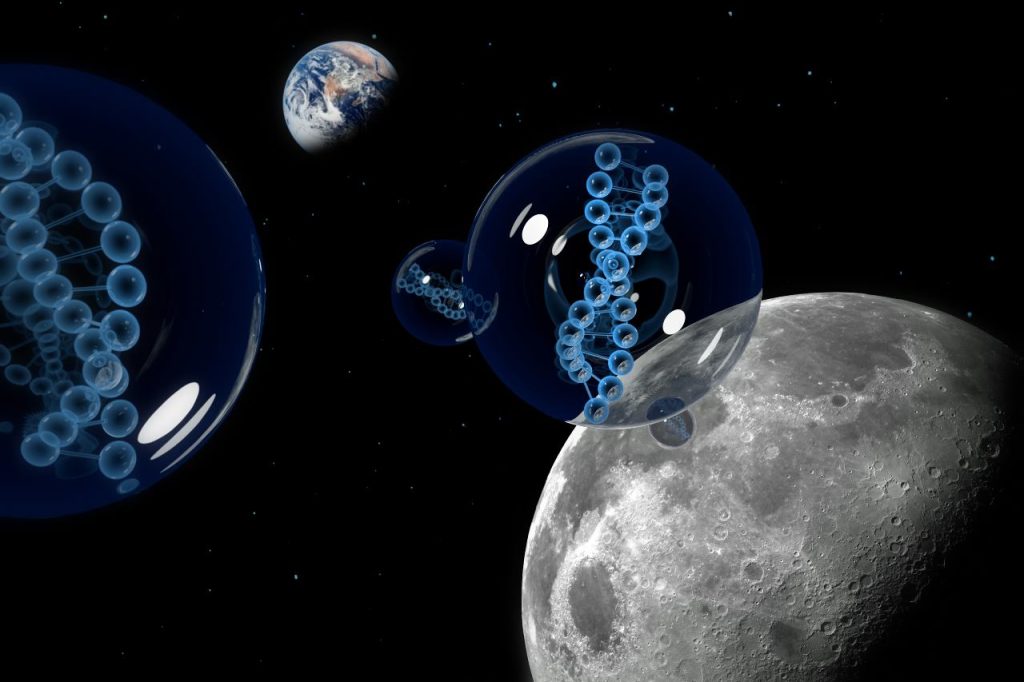Finally, all the basic units of the so-called “life moleculeIn samples of meteorites. This discovery, made by Japanese researchers, led to the mapping of two DNA bases, namely cytosine and thymine.
This is important because the five nuclear bases (adenine, guanine, cytosine, thymine, and uracil) make up all DNA and RNA. These in turn contain instructions for building and operating every living creature on Earth.
publicity celebrity
Although this finding supports the panspermia hypothesis, it does not represent definitive evidence that life in Land It was transplanted from space. Therefore, we still cannot reject the other theory well established in the region that explains that life arose from the prebiotic soup available at the beginning of the planet.
Read also:
Now, scientists will be able to better understand how life began on Earth and even conduct experiments that help answer one of the main questions that have been asked so far: “How can a non-living chemical compound change itself and give birth to living beings?”
“This adds more and more pieces; meteorites have sugars and bases now,” said Daniel Glavin of Goddard Space Center in NASA.
New analysis method
So far, scientists investigating extraterrestrial samples have identified only three nuclear bases out of five. It was the team of Professor Hiroshi Naraoka, of Hokkaido University, that was able to identify the other two.
It is believed that cytosine and thymine have not been previously identified due to the process of extracting samples from meteorites. In previous experiments, researchers created a type of “meteor tea.” That is, they put the rock grains in hot formic acid to allow the particles to be extracted from the solution.
However, this solution may have spoiled the more sensitive structure of these two bases.
This time, Japanese scientists used cold water to extract the compounds. In addition, they used equipment capable of performing more sensitive analyses. That is, they were able to identify the molecules present in smaller quantities.
This research is important not only because it completes the picture of the molecules that may have formed the beginning of life on Earth. With the new extraction technology, scientists will be able to gather information from meteorites and asteroids more effectively – especially from samples from Earth. benowhich was aboard the OSIRIS-REx mission and is expected to reach Earth in 2023.
Have you seen the new videos on Youtube digital outlook? Subscribe in the channel!

“Incurable thinker. Food aficionado. Subtly charming alcohol scholar. Pop culture advocate.”






More Stories
NASA Releases Selfie of Perseverance Rover Working on Mars
NVIDIA driver includes hidden Final Fantasy XVI profile
PlayStation Plus Extra and Premium saw a significant drop in players in July